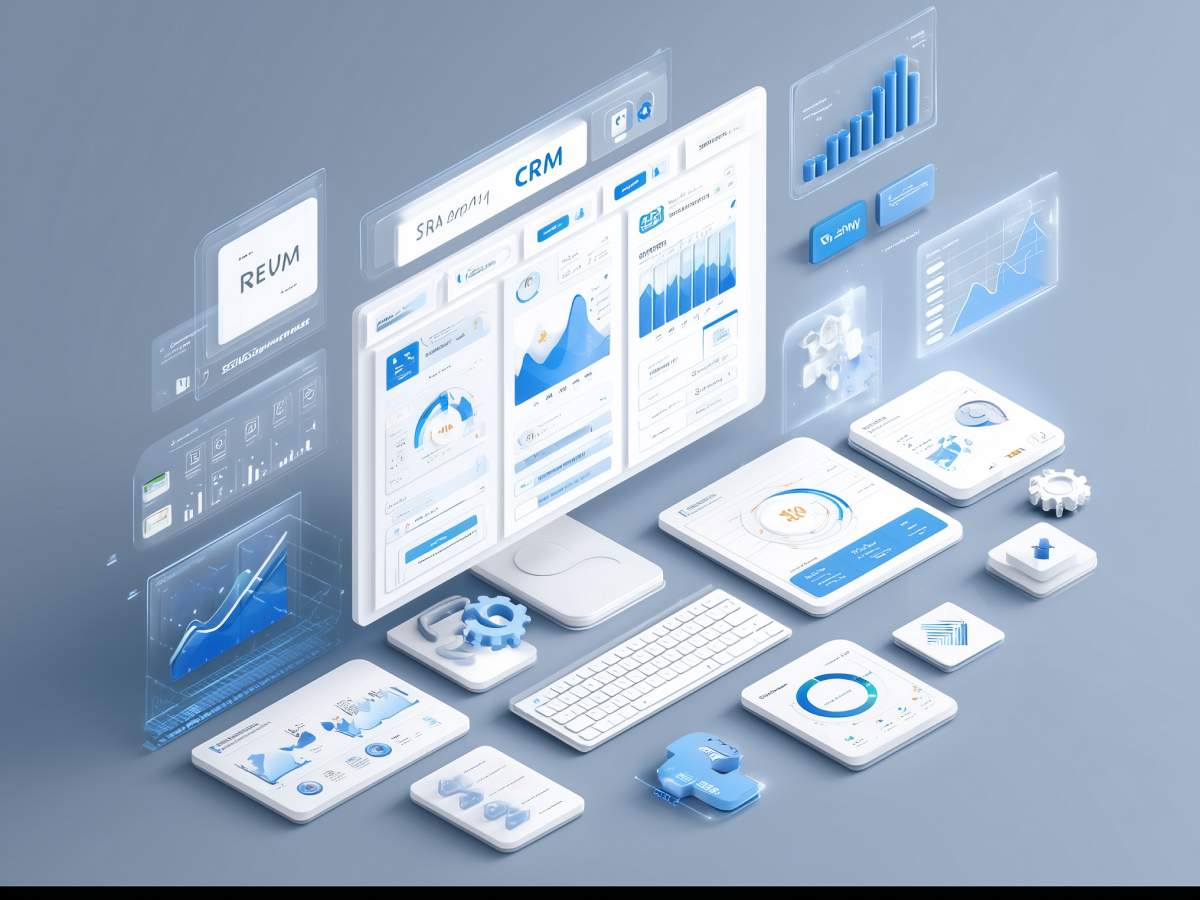1. Effective CTAs are rooted in psychology
The way people respond to Calls to Action (CTAs) isn’t random and is rooted in how the brain processes information. Three cognitive processes, attention, emotion, and memory, are at play every time someone decides to act or ignore a CTA. Your goal is to make the action almost inevitable.
Attention is the first step. If your CTA doesn’t stand out visually, it’s invisible. Aim for clarity. Bold colors, strategic placement, and a design that eliminates distractions are your tools here. The easier it is to spot, the more likely someone is to engage.
Next comes emotion, the silent motivator behind most decisions. People act when they feel something—urgency, curiosity, excitement. A message like “Don’t miss this opportunity” triggers FOMO (fear of missing out), while “Get started today” inspires confidence. Crafting emotionally charged CTAs isn’t manipulation, it’s simply connecting on a human level.
Finally, memory makes sure your CTA is both noticed and acted upon. Clear, concise language is critical. Nobody has time to decode vague instructions. “Download your free guide” is far more actionable than “Explore options.” Make it simple, direct, and memorable.
CTAs that perform are rooted in psychology. When you understand how attention, emotion, and memory drive behavior, you’re no longer guessing. You’re engineering outcomes.
2. Simplify choices to increases user action
Decision fatigue is a real problem as too many options lead to no decision at all. Imagine walking into a store with 50 similar products on the shelf. You might leave empty-handed. The same principle applies to your CTAs.
When users are presented with multiple links or unclear actions, they hesitate. Confusion and indecision are the enemies of engagement. Instead, focus on one clear, specific action. For instance, if you want someone to sign up, say so: “Sign up now.” Simplicity cuts through the noise.
Don’t dumb things down. Respect your audience’s limited mental bandwidth. Clarity is a competitive advantage. If your CTA feels effortless to follow, users are far more likely to act.
3. Loss aversion is a powerful motivator in CTA messaging
People hate losing something more than they love gaining it, it’s a psychological fact, known as loss aversion. You can harness this principle in your CTAs to nudge action.
Consider the difference between “Download our guide” and “Don’t miss out on key trends for 2024.” The latter frames the action as avoiding a loss, which feels more urgent. Similarly, “Secure your spot” implies exclusivity and the risk of missing out. Loss is personal, and urgency makes it immediate.
But there’s a balance. If your audience feels manipulated, you lose trust—permanently. Keep the urgency real, tie it to actual scarcity, and you’ll see results.
4. Design principles improve CTA visibility and effectiveness
Design is about function. Every design choice influences whether users notice and act on your CTA. Start with color psychology. Colors are both visual and emotional. Red creates urgency, blue conveys trust, and green signals progress. Pick a color that aligns with your message and contrasts with your background for maximum visibility.
Placement is another critical factor. CTAs perform best when they appear in intuitive locations, like at the end of a section or above the fold. People naturally scan in these areas, so meet them where they already look.
Don’t overlook accessibility. High-contrast text ensures readability, and clear alt text makes your CTA usable for everyone, including those relying on screen readers. Add white space to keep the focus on your button. A clutter-free design eliminates distractions, guiding users exactly where you want them to go.
“Good design makes action easier. Great design makes it inevitable”
5. CTA language impacts engagement
Words matter. The wrong phrasing can make your CTA feel generic or irrelevant, while the right one can drive action immediately. “Submit” or “Click here” tells users what to do but not why they should care. On the other hand, “Get your free trial” or “Discover new features” speaks to both action and benefit.
Action-oriented verbs like “Join,” “Explore,” or “Unlock” make your CTA feel dynamic and exciting. Specificity adds clarity, so users know exactly what they’re getting. “Download your guide” is far more actionable than “Learn more.”
Here’s the trick: combine clarity with curiosity. Show the user what’s in it for them, and make the next step feel effortless. The right words can turn hesitation into engagement.
6. Urgency and exclusivity drive quicker decisions
People act faster when they feel the clock is ticking. Creating a sense of urgency, like “Offer ends at midnight,” triggers a psychological response that compels users to make a decision. Exclusivity amplifies this effect by making an offer feel special or limited—“Only 3 spots left” or “Exclusive for members” appeals to the natural desire to belong and not miss out.
There’s a fine line between urgency and manipulation, however. False claims, like “Limited time only” for an evergreen offer, erode trust. The key is authenticity. If your time-sensitive offer is real, make it clear. Combine urgency with value and explain why users need to act now, not later. Done right, urgency and exclusivity make your CTA irresistible.
7. Personalization strengthens user connection and relevance
Generic CTAs don’t connect. Personalization does. When users feel like your message is written just for them, they’re more likely to act. Adding a personal touch, like including a name (“Sarah, reserve your spot now”) or referencing past behavior (“Complete your winter look”), creates a sense of direct communication.
Personalization still needs to be relevant. For example, if someone has browsed winter apparel, a CTA saying, “Finish your winter wardrobe today” feels tailored and helpful. Similarly, returning customers respond well to loyalty-driven messaging, like “Welcome back! Claim your exclusive offer.”
The challenge is balance. Over-personalization can feel intrusive, especially if it highlights overly specific data or browsing behavior. Keep it subtle and useful. When done thoughtfully, personalized CTAs build trust and make users feel valued.
8. Continuous testing and iteration are key for optimizing CTA performance
No CTA is perfect on the first try. The most successful ones are refined through consistent testing and iteration. A/B testing is your best tool here as it lets you compare variations to see what resonates. Test different elements, like button colors, copy, or placement. For instance, does “Start your free trial” perform better than “Get started”? Does moving your CTA above the fold increase engagement?
Metrics like click-through rates and conversions guide your adjustments. Start small and test one variable at a time to isolate its impact. From there, iterate. If urgency improves conversions, refine the tone further. If placement changes performance, experiment with layout.
“The process doesn’t ever stop. Audience preferences evolve, and your CTAs should too.”
9. Map CTAs to the customer journey
A one-size-fits-all CTA won’t work. Users engage differently depending on where they are in their journey with your brand. Mapping CTAs to these stages builds up relevance and increases conversions.
In the awareness stage, users are exploring, so CTAs like “Learn more” or “Explore resources” spark curiosity without pressure. During the consideration stage, they’re evaluating options. Here, CTAs such as “Download the guide” or “Compare features” provide useful information to support their decision-making. At the decision stage, it’s all about commitment. Prompts like “Sign up now” or “Get started” drive action by removing ambiguity.
Matching CTAs to intent requires audience insight and segmentation. Misalignment, like pushing a “Buy now” CTA on someone still exploring, creates friction. But when CTAs meet users where they are, they feel intuitive and seamless, turning interest into action.
Key takeaways
- Leverage cognitive triggers: Calls to Action (CTAs) that capture attention, evoke emotion, and use clear language aligned with memory drive higher engagement. Use design and messaging that resonate emotionally and remain memorable.
- Simplify choices to prevent inaction: Decision fatigue occurs when users face too many options. Offer one clear, specific action per CTA to streamline decision-making and boost conversion rates.
- Design for visibility and accessibility: Use colors strategically (e.g., red for urgency, blue for trust) and ensure high contrast, clean layouts, and proper placement for maximum impact. Accessibility features, like alt text and large buttons, make CTAs inclusive and effective across all audiences.
- Personalize for relevance: Tailor CTAs to user behavior and preferences, such as referencing browsing history or addressing users directly by name. Subtle personalization builds trust and improves click-through rates.
- Test and iterate for continuous improvement: Use A/B testing to refine CTA elements like wording, design, and placement. Track metrics like click-through rates to ensure CTAs remain effective as audience preferences evolve. Prioritize iterative updates to maintain relevance and performance.




